[Update 6/8/12: The problem was the coax. Thanks, Antonio, for getting it fixed! (click here for story).]
[Update 5/16/12: Yesterday my EchoLink radio went deaf. For some reason the SWR has soared — the problem is with the transmission line and/or the antenna. Happily the antenna has a lifetime warranty, so if that’s the problem it won’t cost me anything. The hard part is getting at it!]
Finally! My EchoLink station, in the works for a month and a half, is on the air and on the Internet. If you want to give it a whirl, go right ahead! It’s listed as NØIP-R, node 695717.
The idea for this EchoLink station sprang from the SKYWARN class I attended a month and a half ago. I was lamenting the fact that Granite Falls, the city where I live, didn’t have access to the hub-and-spoke repeater system used by the Chanhassen office of the National Weather Service (click on the map to learn more):

Granite Falls is about half-way between Madison and Redwood Falls on the left side of this map.
So I asked Dean Herzberg, NYØI, if there were any plans to connect his nearby repeater to the NWS station with EchoLink. Dean replied, “No plans, but I would surely authorize the connection. I can’t, but you could!”
Um, me? It hadn’t dawned on me that I could do this myself. But once Dean gave me the nudge, I was off and running (or at least hobbling enthusiastically). I thought, hey, I already have a Linux/Ubuntu server running 24/7, and I have an old Yaesu FT-1500M in a box — all I need is an interface and a radio.
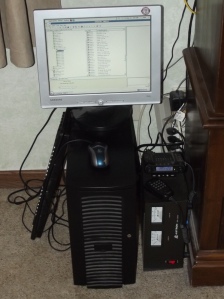
Finished EchoLink station. Gotta tidy up those wires!
So I bought a RigBlaster Plug-n-Play USB interface from Ham Radio Outlet and a
dual-band antenna off eBay from Edison Fong, hooked it all together and gave it the ol’ smoke test.
It worked! At first I just set it up on a simplex frequency and connected to the EchoLink test server, with the antenna propped up against the wall. That way I could work out a few bugs at low power and in relative privacy.
The whole thing went on the back burner for about a month due to other priorities, but finally I punched some coax through the exterior wall into my bedroom. That’s where the server has been for a couple years, so that’s where the station went (I have a very patient wife!). I terminated the coax with an SO-239 bulkhead connector mounted on a blank wall-plate. On the exterior of the wall I applied hi-tech IPORS caulking compound (Individually Packaged Orally Reconstituted Sealant, i.e. chewing gum!).
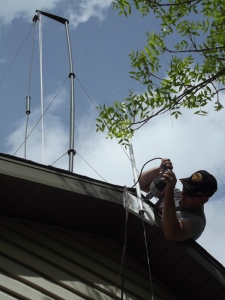
Dean Herzberg, NYØI, mounting antenna.
But I just couldn’t bring myself to mount the antenna up there on the peak of my gable. Part of it is because I’m slightly handicapped, but mostly it’s because I would rather give up my ham license than go to the edge of my roof up that high. NYØI to the rescue! I’ve
written about Dean before on this blog. He’s a great guy who would give you the shirt off his back. Well, Dean came over a couple days ago and put up my antenna for me, then joined my family for lunch. He’s a MN State Trooper and I’m an ex-cop from the Twin Cities, so we had plenty in common to talk about.
I’ve had to fiddle with the settings in EchoLink to get it to work right, but it seems to finally be working great. The two hardest things to get right were decoding DTMF tones properly and keeping two repeaters from chasing their tails when EchoLinked. After finally figuring out the right DTMF settings, I nearly pulled my hair out trying to test them with my HT. Finally I realized that I was de-sensing my Yaesu FT-1500M every time I transmitted with my HT! When I went a block away, it worked fine.
Now the National Weather Service office can EchoLink directly to Dean’s repeater so that they can hear SKYWARN spotters here in Granite Falls. Alternatively we can link his repeater with the repeater in Madison, to which the NWS already EchoLinks during severe weather — all you have to do is punch in the right DTMF code, and my EchoLink station will dutifully link them up.
Now I just need to get a better smartphone so I can run that EchoLink app . . .
Here are some photos of Dean mounting my antenna and of the station itself:
This slideshow requires JavaScript.
 I’m exhausted, so I’m going to make this quick. It’s been a full day! Today our dear friend Rachel got married to Wayne, a fine fellow, in the chapel of Wycliffe College at the University of Toronto. That of course was the highlight of the day, but what is of most interest on this blog is how ham radio played a small part.
I’m exhausted, so I’m going to make this quick. It’s been a full day! Today our dear friend Rachel got married to Wayne, a fine fellow, in the chapel of Wycliffe College at the University of Toronto. That of course was the highlight of the day, but what is of most interest on this blog is how ham radio played a small part. Thanks to our HT’s we stayed connected, and it’s good that we did. I radioed a subway route to them and, more importantly, passed a couple of messages back and forth between the mother of the bride and Mrs. Marshall, upon whom the harried mother was relying for help. When we were too far apart to use simplex, we used the tower repeater.
Thanks to our HT’s we stayed connected, and it’s good that we did. I radioed a subway route to them and, more importantly, passed a couple of messages back and forth between the mother of the bride and Mrs. Marshall, upon whom the harried mother was relying for help. When we were too far apart to use simplex, we used the tower repeater.
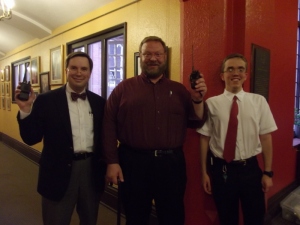
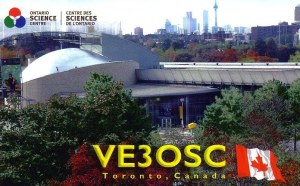
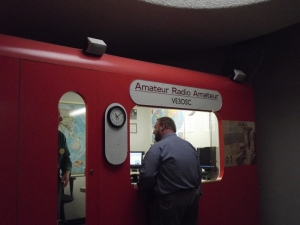
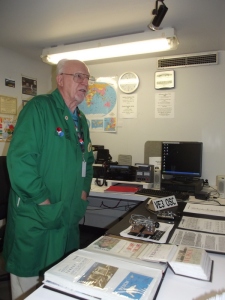
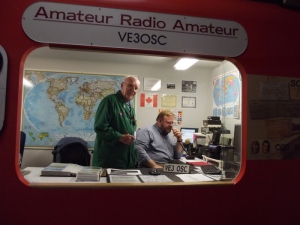
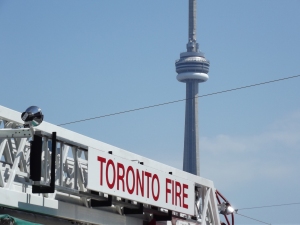





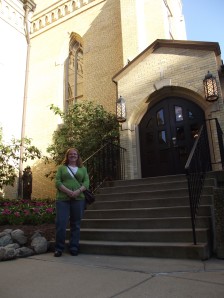

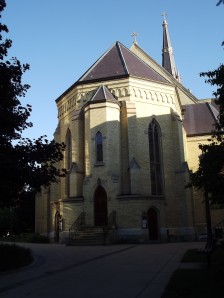
 and grants that require 501(c)3 status.
and grants that require 501(c)3 status. 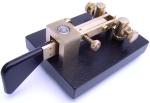




 [Update 6/30/12: GOAL ATTAINED! Thank you so much to all who have contributed to the Yellow Medicine County, MN Amateur Radio Emergency Services® Group. Thanks to your generous contributions we now have the $500 needed to get incorporated and apply for 501(c)3 status. This status will make future donations tax-deductible and will make us eligible for grants that are otherwise unattainable. Thank you again!]
[Update 6/30/12: GOAL ATTAINED! Thank you so much to all who have contributed to the Yellow Medicine County, MN Amateur Radio Emergency Services® Group. Thanks to your generous contributions we now have the $500 needed to get incorporated and apply for 501(c)3 status. This status will make future donations tax-deductible and will make us eligible for grants that are otherwise unattainable. Thank you again!]
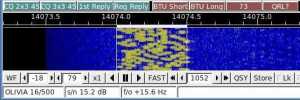
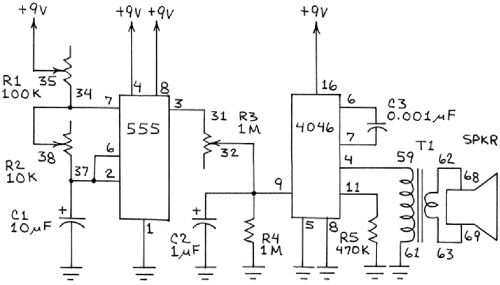



 RSS Feed
RSS Feed